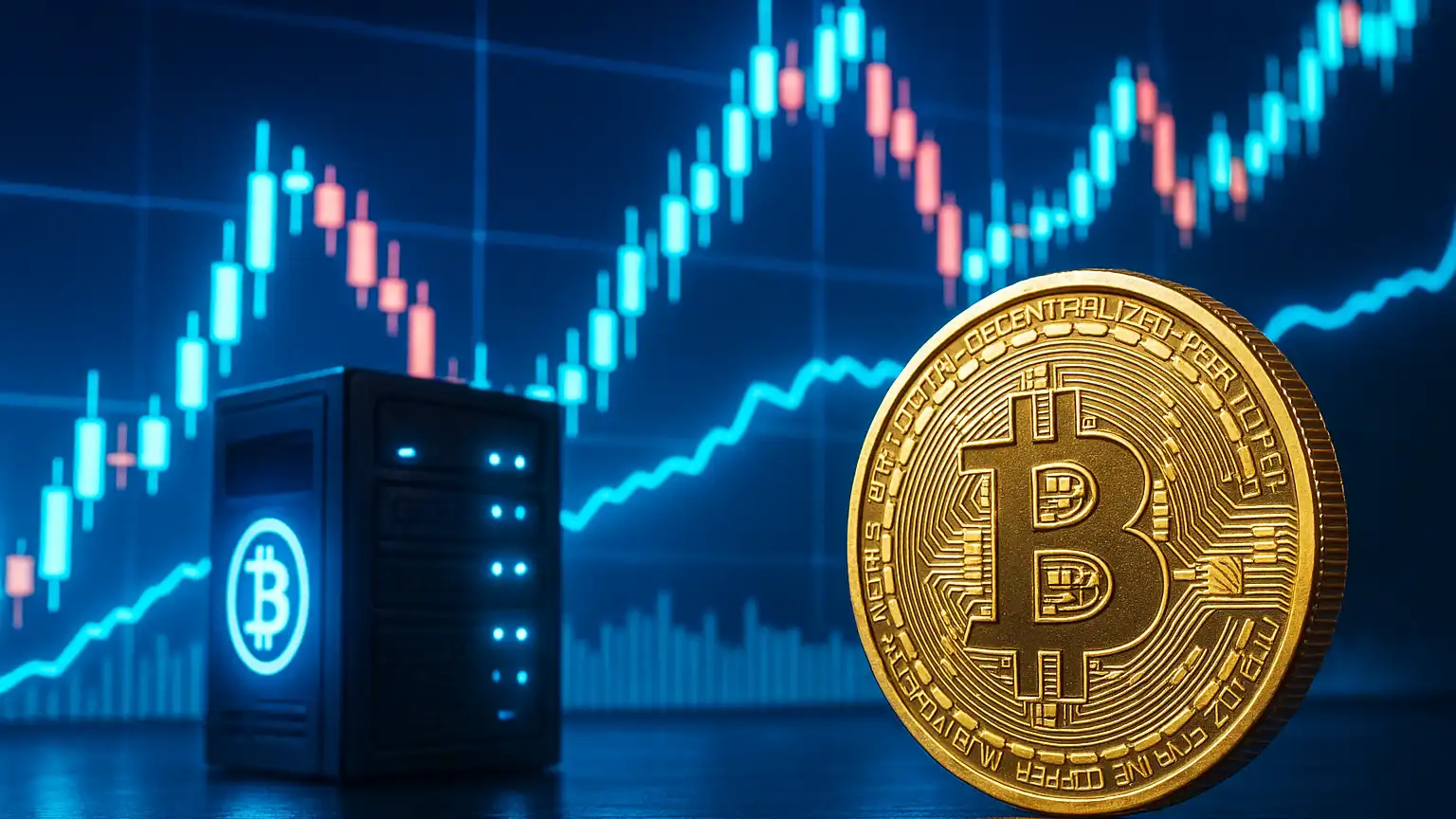The Impact of Ordinals and BRC-20 Tokens on Bitcoin Node Operations and Network Performance
Overview of Recent Innovations: Ordinals and BRC-20 Tokens
In recent years, the Bitcoin network has witnessed significant innovations, notably the introduction of Ordinals and BRC-20 tokens. These developments have expanded Bitcoin’s functionality beyond its original design, enabling the embedding of additional data such as tokens and images directly into the blockchain. However, this evolution has raised questions about its impact on Bitcoin node operations and overall network performance.
BitMEX Research Findings: Usage and Blockchain Space
A comprehensive study by BitMEX Research has shed light on how these innovations affect Bitcoin nodes. The report reveals that the Bitcoin network has approximately 97.4 million Ordinal inscriptions, with BRC-20 tokens accounting for 92.5 million transactions and image inscriptions comprising about 2.7 million. Despite the numerical dominance of BRC-20 transactions, both BRC-20 tokens and image inscriptions occupy roughly 30GB of blockchain space each. This indicates that while BRC-20 tokens are more numerous, image inscriptions are larger in size.
Node Strain: UTXO Set and Computational Load
The study also highlights the strain BRC-20 transactions place on Bitcoin nodes. These transactions function similarly to standard Bitcoin activities, requiring signature verification and contributing to the expansion of the Unspent Transaction Output (UTXO) set. Between December 2022 and September 2025, the UTXO set grew from 84 million to 169 million entries, largely due to BRC-20 tokens. This expansion poses challenges for node operators, especially those running pruned nodes that discard older block data but must maintain the current state.
Impact of Image-Based Ordinals
In contrast, image-based Ordinals are stored in a non-executed part of the Taproot witness field, benefiting from a witness discount and not requiring signature checks during validation. This makes them less demanding for nodes to process. Interestingly, BitMEX’s performance tests suggest that larger Ordinal images can actually speed up blockchain verification, with around 11% of the differences in speeds being due to larger inscriptions. However, the researchers caution that this does not imply that large Ordinal images are beneficial for Bitcoin, as they consume significant block space, potentially displacing financial transactions central to the network’s purpose.
Financial Implications for Miners
The rise of BRC-20 tokens and Ordinals has also had financial implications for Bitcoin miners. The increased transaction fees associated with these innovations have provided a financial boon for miners, helping to address the security budget problem and incentivizing them to maintain network security. This influx of fees can establish a sustainable transaction fee baseline, ensuring the long-term security of the network.
Bottom Line
In conclusion, while the advent of BRC-20 tokens and Ordinals has introduced new functionalities and financial incentives within the Bitcoin ecosystem, it has also presented challenges for node operators. The increased strain on nodes, particularly from BRC-20 transactions, necessitates ongoing research and potential protocol adjustments to balance innovation with network performance and security.



